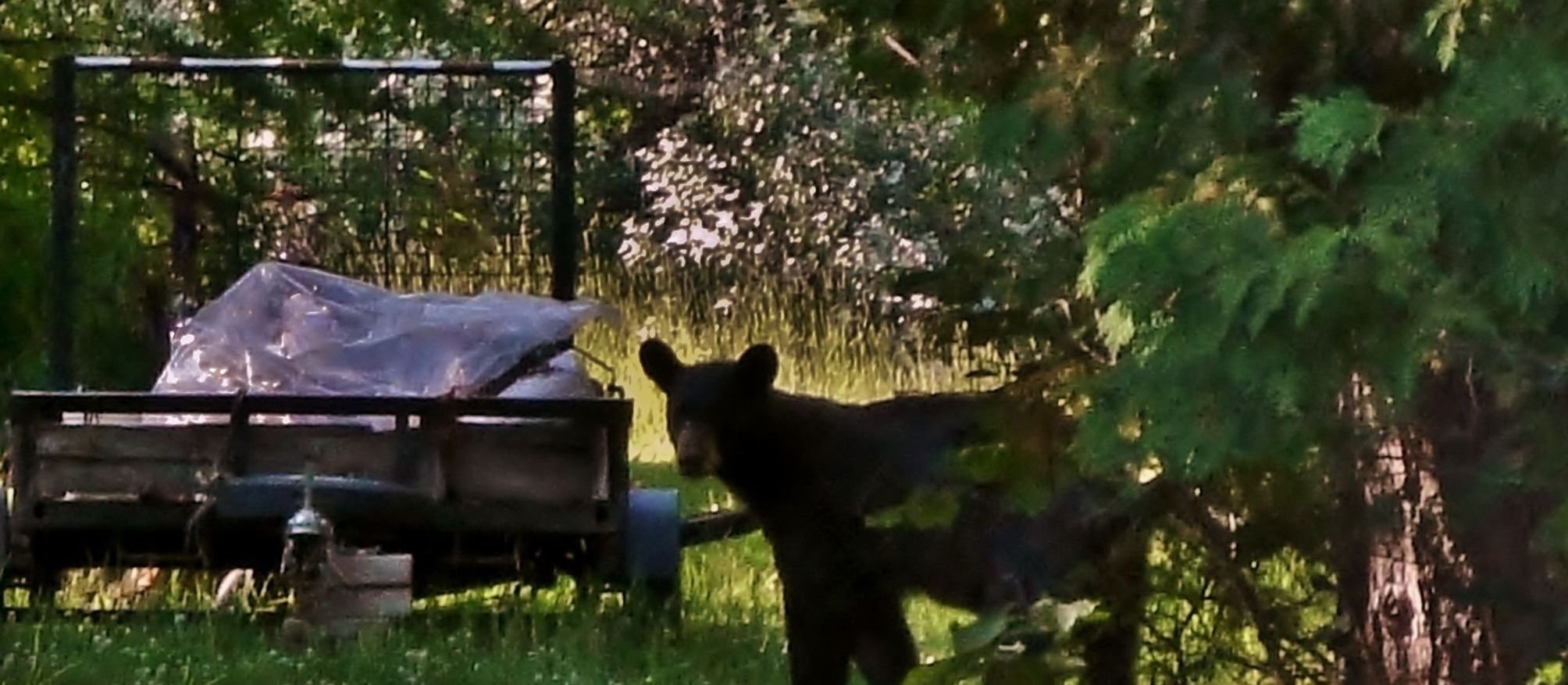
For Beekeepers
Bears are fond of larval bees and honey, and some may actively seek out hives, bypassing other attractants to go straight for the familiar site of a group of bee boxes. Beekeepers can take a number of steps to keep beehives safe from bears, from considering hive placement to harvesting practices to fencing options.
Beehives should be located as far as possible from timber and brush providing bears with cover and travel routes. Honey crops should be harvested as soon as possible after the spring, summer, and fall nectar flows to reduce the attractiveness of hives to foraging bears and prevent the loss of the new honey crop in the event of depredation. When possible, apiaries should be moved to new locations if bear activity is detected nearby.
To minimize possible damage to hives and prevent bears from establishing bad habits, apiaries in occupied habitat should be protected using electric fences, or at a minimum use bear-resistant platforms (with an overhang more than two meters above the ground). One clever inventor created a bear-resistant bee hive; check them out here.
Electric fencing has been shown to be almost 100% effective in deterring bear damage. Compact apiaries are easier to protect with bear-resistant fencing than those scattered over a larger area, so beekeepers should consolidate hives to form the smallest apiary that can be practically managed.
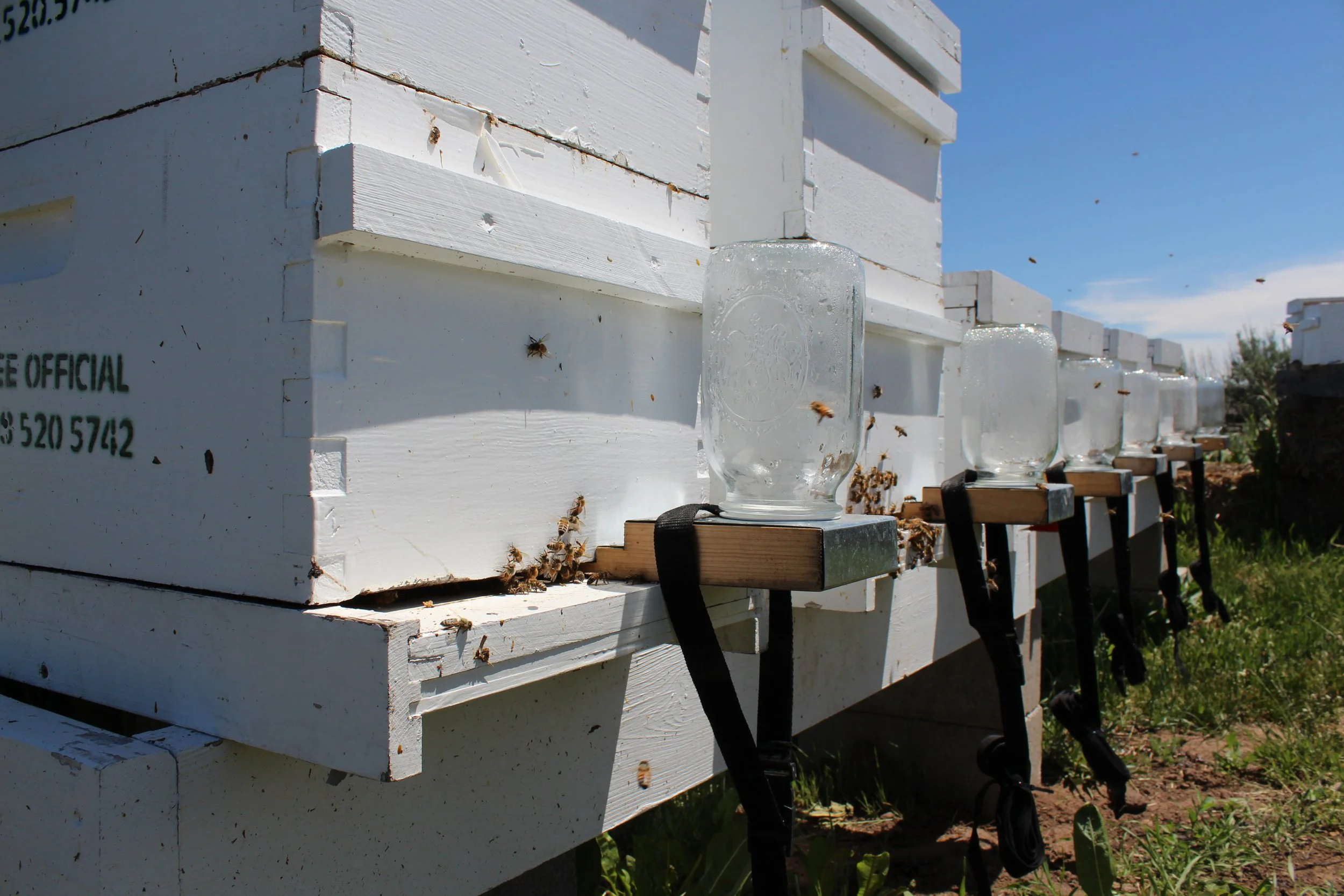
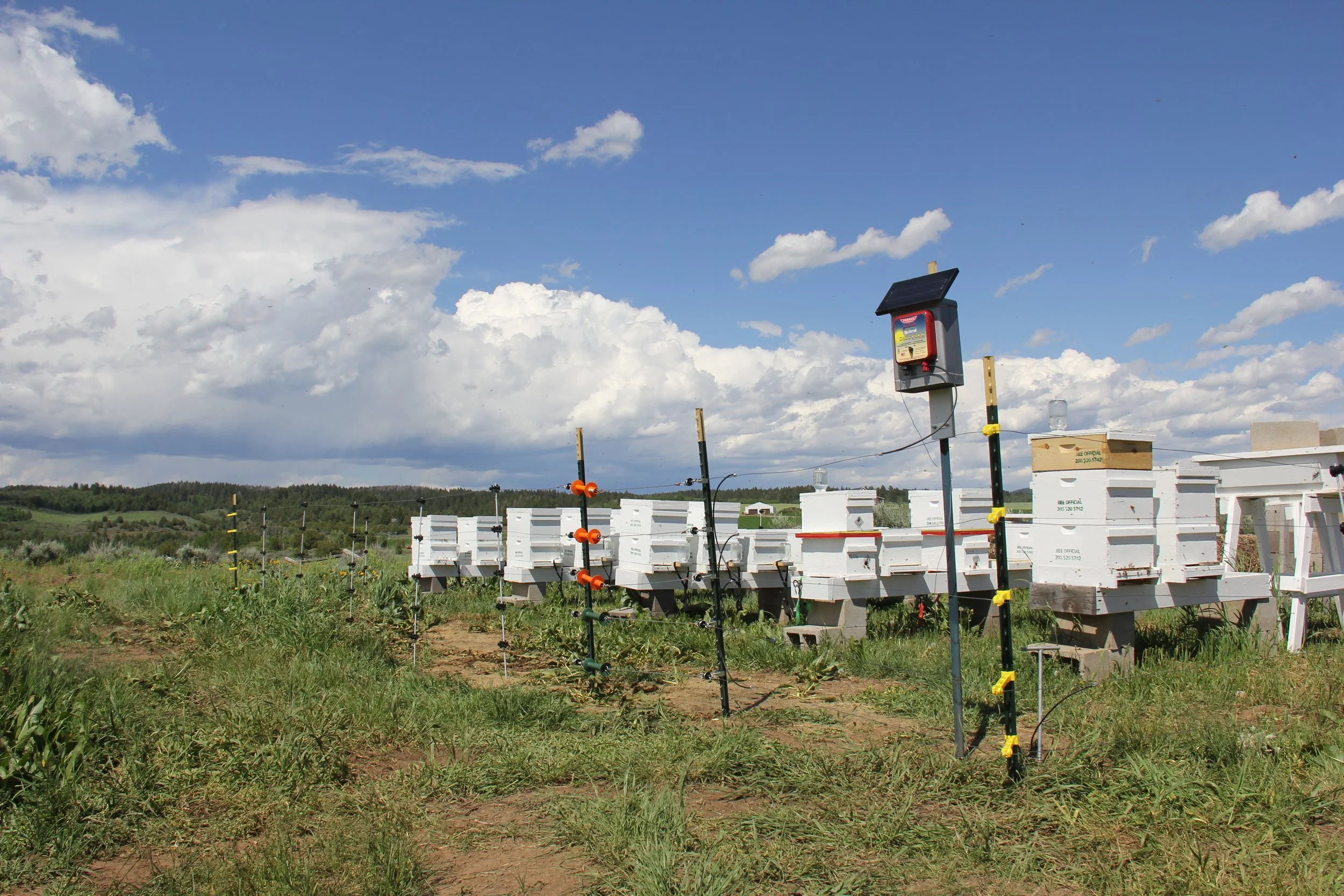
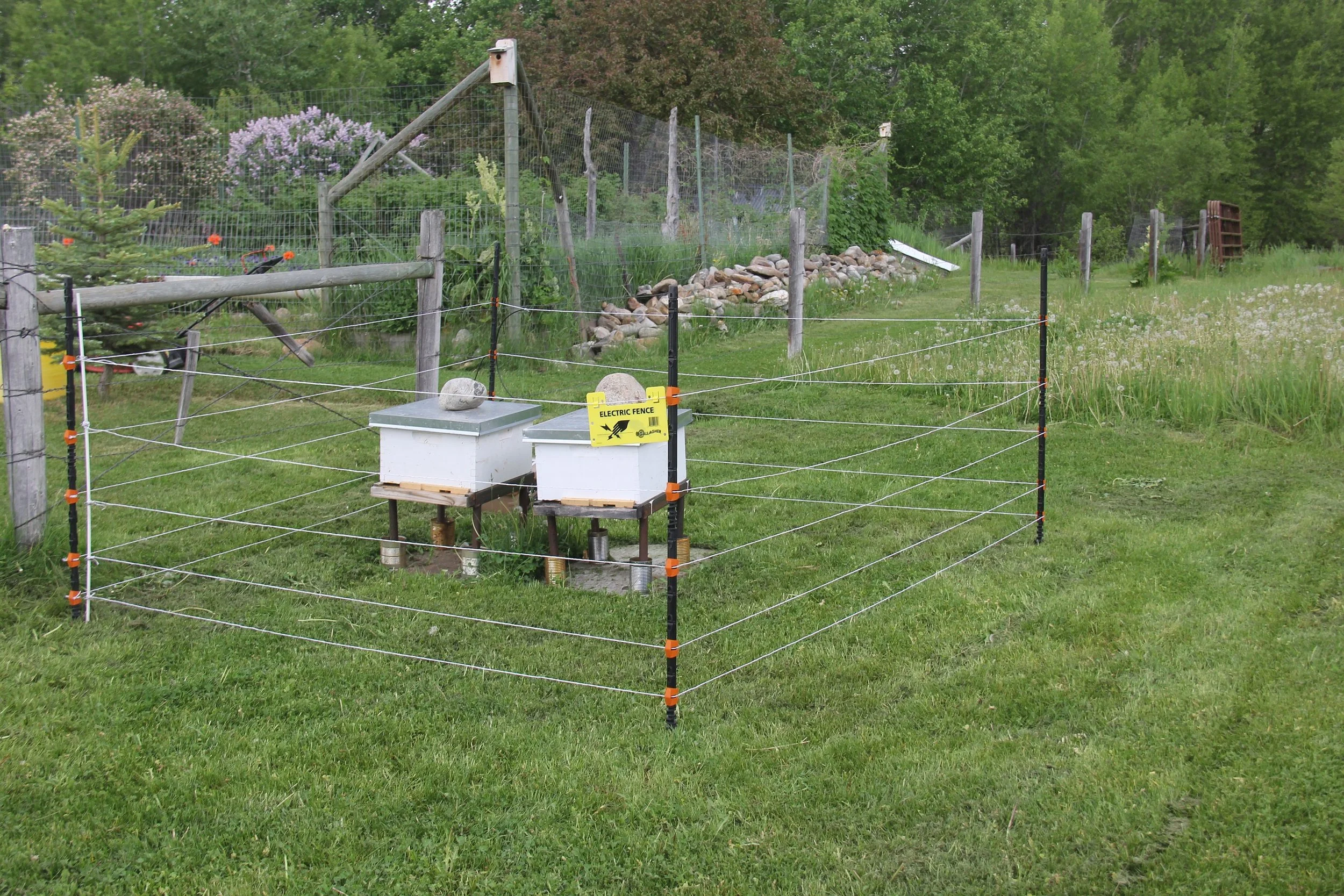
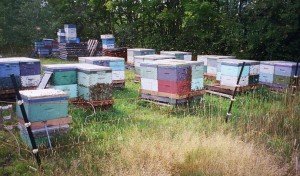
Electric Fence Tips for Beekeepers
When building electric fence to deter bears from attractants, there are some key design components. It’s recommended the fence have at least five wires, with the bottom wire no more than 8 inches above the ground and the top wire at least 48 inches above the ground so a bear can’t dig under, go through, or climb over. The energizer, which powers the fence, needs to be able to provide a strong enough shock to deter a bear. It should have a rating of at least 0.7 stored Joules or 7,000 volts.
The rest of the fence design depends on individual needs, but will require an energizer, a grounding system, fence wire, posts, insulators, and a few other accessories. As a short-term solution, or if a bee yard is being moved frequently, netted electric fence kits can make the process even easier.
Keep the colonies at least four feet away from the fence as bears may reach under to topple a hive.
When setting up posts, make sure the corner posts are leaning out from the pen so that when you tighten the wires, tension is maintained.
Fences can be powered a number of ways, including by using deep cycle twelve volt batteries with the charge maintained by solar panels. This helps you avoid having to change batteries every two weeks–with the panels, the battery maintains its charge for about six to eight weeks depending on the grass load.
A good deep ground rod is the key to a good fence. If the ground is dry or rocky, put in several ground rods spaced out by 6 feet until the fence puts out good voltage. Make sure you have a good voltage tester to measure volt output on the fence.
If you are running solar panels with your fencer, you can’t rely on the voltage reading unless you cover the panel (as it will power the fence during the daylight even if your battery is down). Once the sun drops, so does your fencer. Carry a battery tester and check both the fence voltage and the battery. Some models have a low battery light indicator which is a nice feature. The setup should be kept inside the enclosure anyway to prevent the bear from tampering with it.
(The text in this section is partially adapted from A Beekeeper’s Bear Fence by New Brunswick beekeeper Claude Hachey of Nectar Valley Apiaries on the Central Beekeepers Alliance website.)
More Resources for Beekeepers
Look into buying a temporary or portable electric fence kit like this one from Bearwatch Systems or this one from UDAP, or find the supplies for a temporary electric fence from Kencove.
Download this guide on building a beehive enclosure from Colorado Parks and Wildlife.
